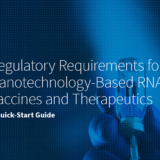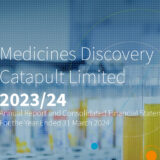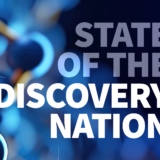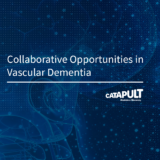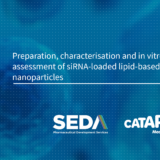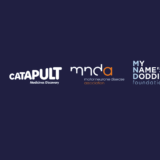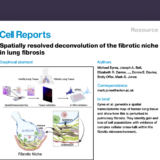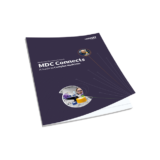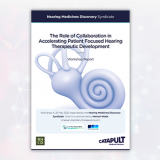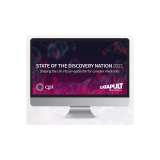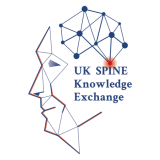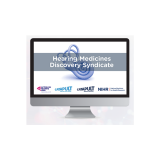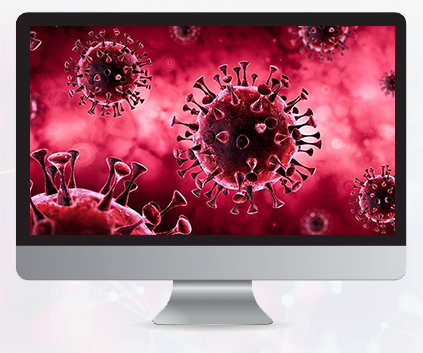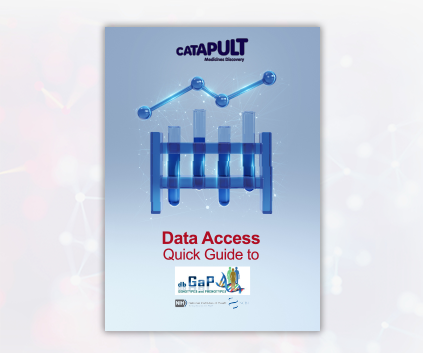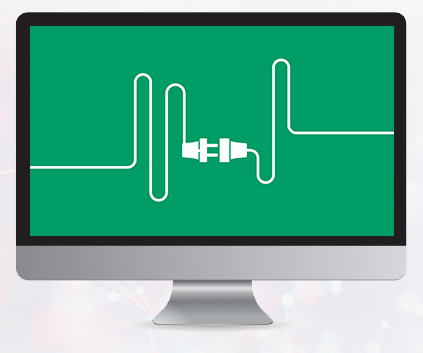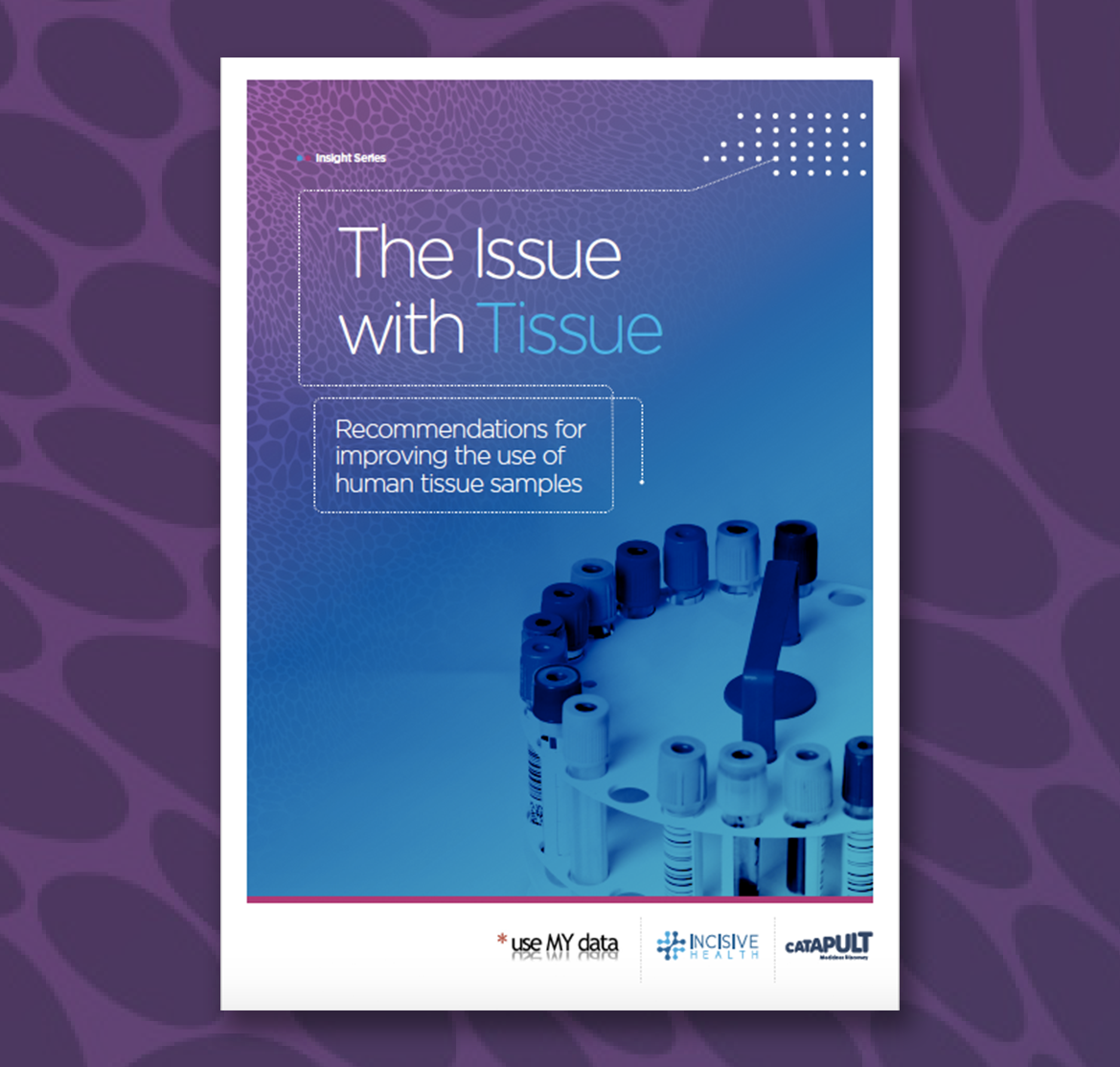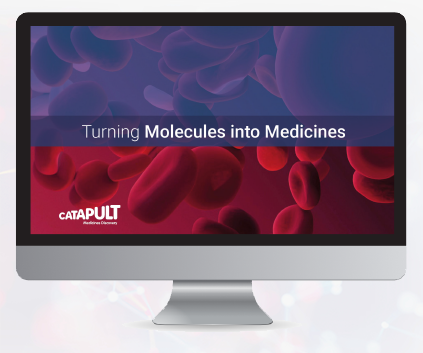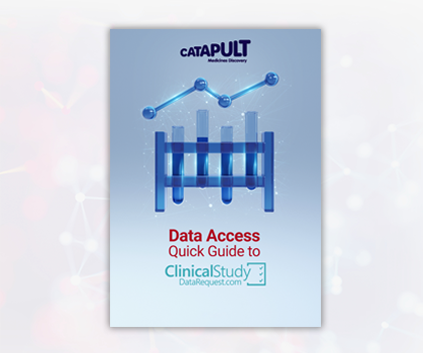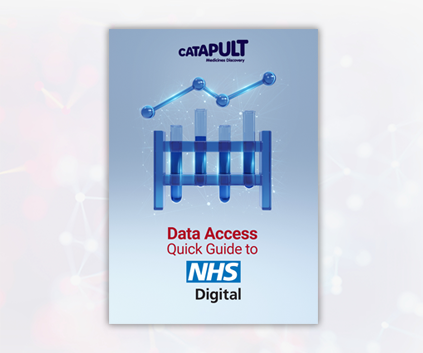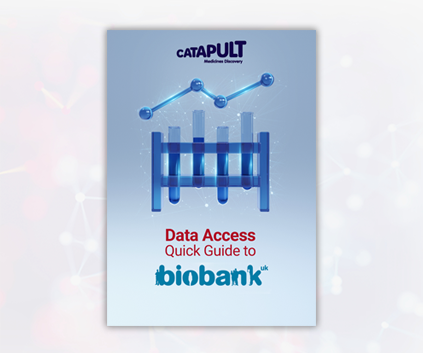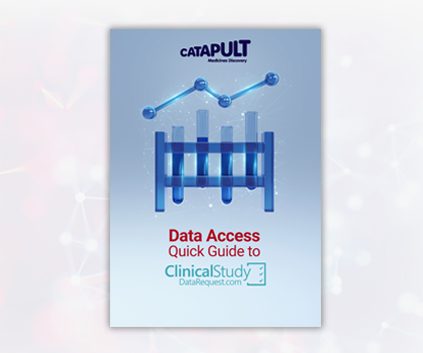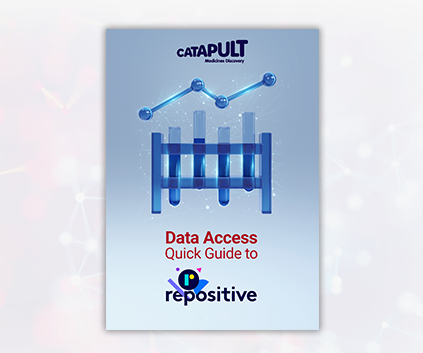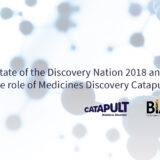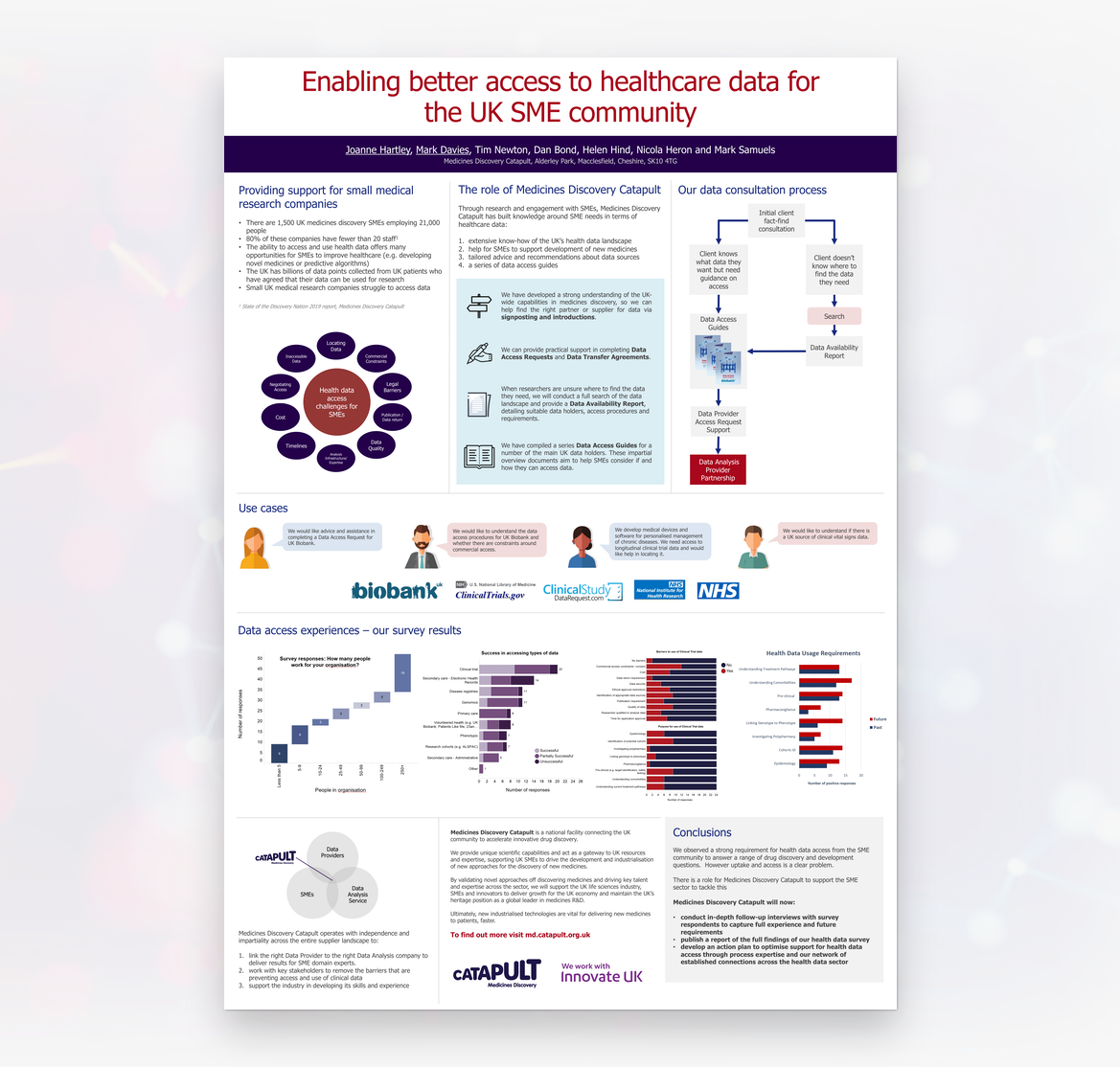A joint report by Medicines Discovery Catapult, the Medical Research Council (MRC) Centre for Drug Safety Science (CDSS), based at the University of Liverpool, and the National Centre for the Replacement Refinement & Reduction of Animals in Research (NC3Rs)
Experts from across academia, research, pharma, UK SMEs and the Medicines and Healthcare Products Regulatory Agency (MHRA) were brought together for a workshop in May 2018.
This report provides a summary of that workshop and outlines three key areas of focus for the UK to support the advancement of the technology:
- Establishment of a UK OOAC network
- Engagement with regulatory authorities and funders
- Development and validation of connected organ models
We have now established access to OOAC technology within our labs, and are working with SMEs to develop and validate connected organ models.
Queen Mary’s University London have secured funding from the joint research council Technology Touching Life initiative and have now established the Organ-on-a-Chip Technologies Network. We are a key member providing industrial and commercial expertise. A sister scheme, led by the University of Liverpool, and focusing on 3D micro-tissue development, provides added value to the OOAC community.
Conclusion
The potential of OOAC technology to impact across multiple areas of academic research and industrial drug discovery is driving the enthusiasm and investment in on-chip microfluidics and new approaches to cell model development. Representative, robust and reliable on-chip organotypic functions and their inter-communication may stimulate improved success from target identification through to clinical approval by replacing poorly predictive animal models, with more physiologically relevant human-based models during drug development. The skills to maximise this technology and deliver true patient benefit are multi-disciplinary. The UK is well positioned to progress these approaches by innovating across technical, funding and regulatory boundaries guided by a communicative, dynamic and representative network of OOAC innovators, users, regulators and funders.


